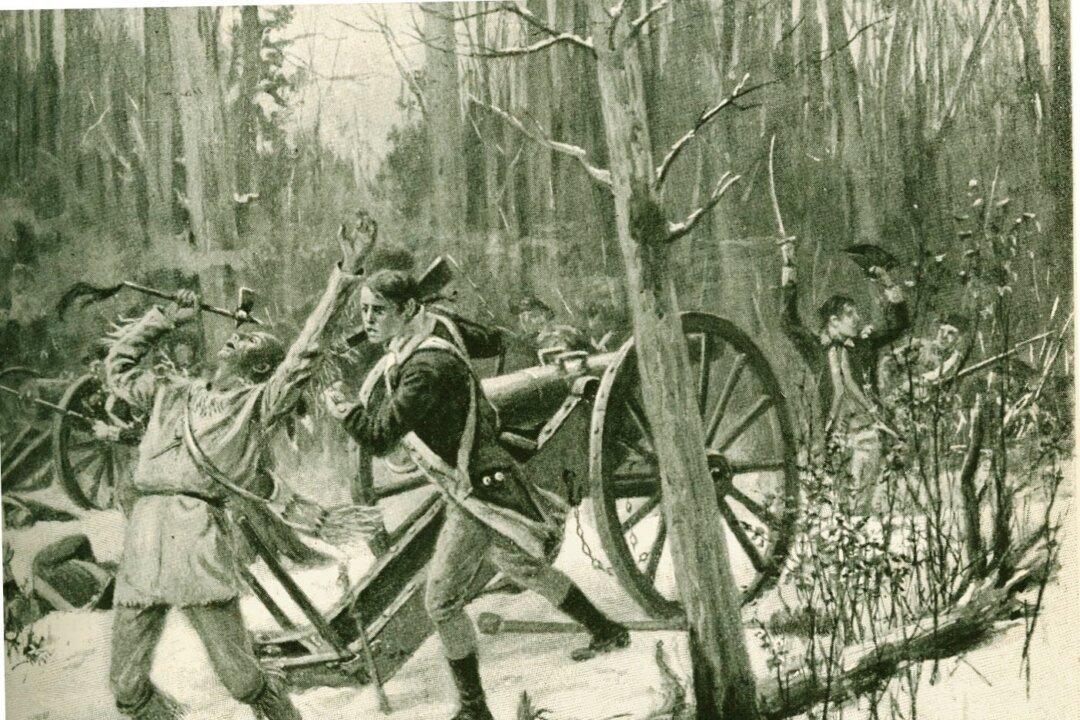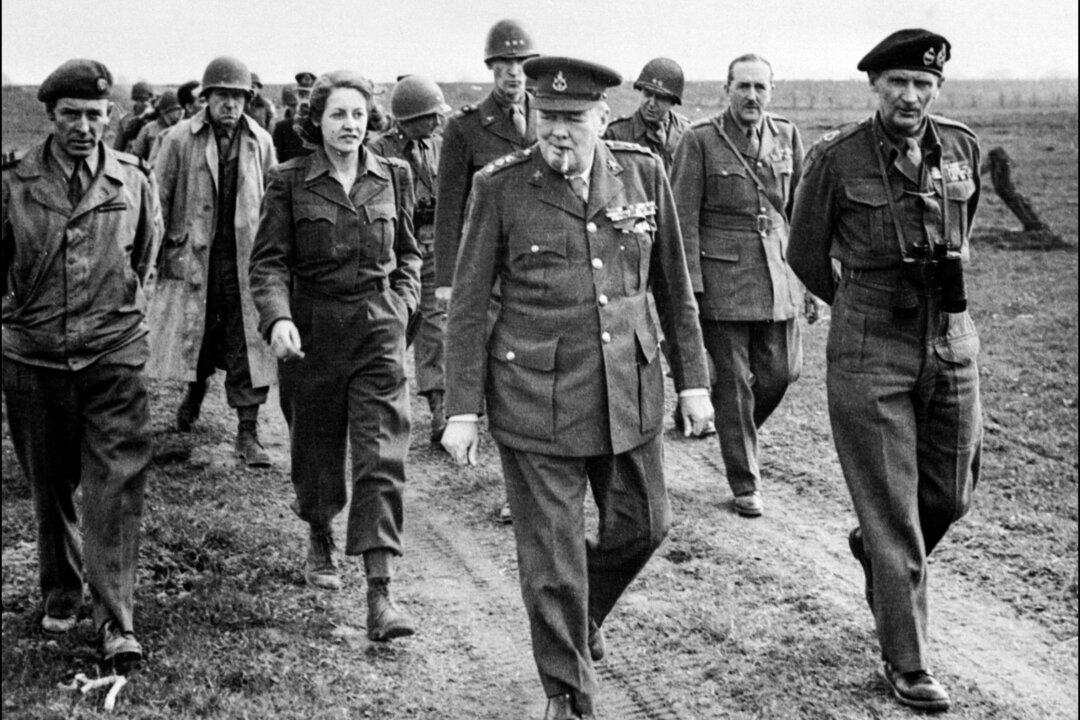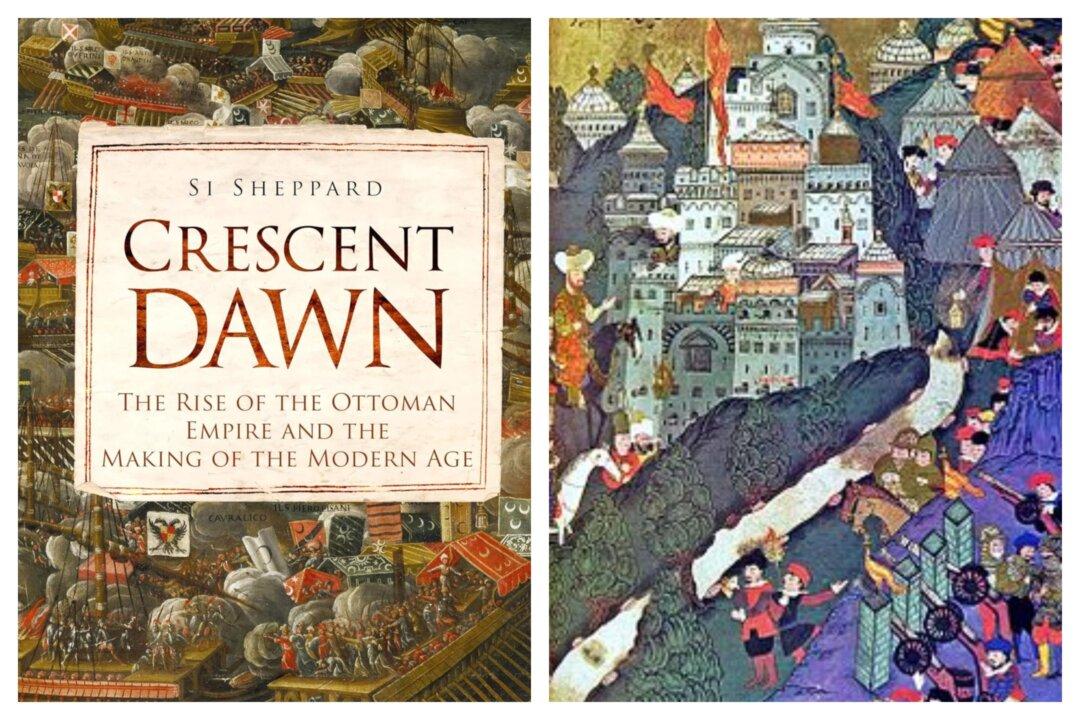When it comes to the Indian Wars, there are names that are familiar to us, like Apache, Comanche, and Cherokee, as well as battles, like Custer’s Last Stand, Battle of Wounded Knee, and Battle of theLittle Bighorn. Less familiar may be the Miamis, the powerful Ohio tribe, and the Battle of theWabash. In his new book, “Field of Corpses: Arthur St. Clair and the Death of an American Army,” Alan D. Gaff presents, in vivid and graphic detail, the greatest single defeat of U.S. forces by Native Americans in our nation’s history.
In every battle and war, there are underlying reasons for defeat or victory. Gaff’s thorough and exhaustive research demonstrates the many reasons for the devastating defeat of the army. The author takes the reader through the buildup of the Army on the Frontier tasked with moving through the Northwest Territory to fight the Miamis.






